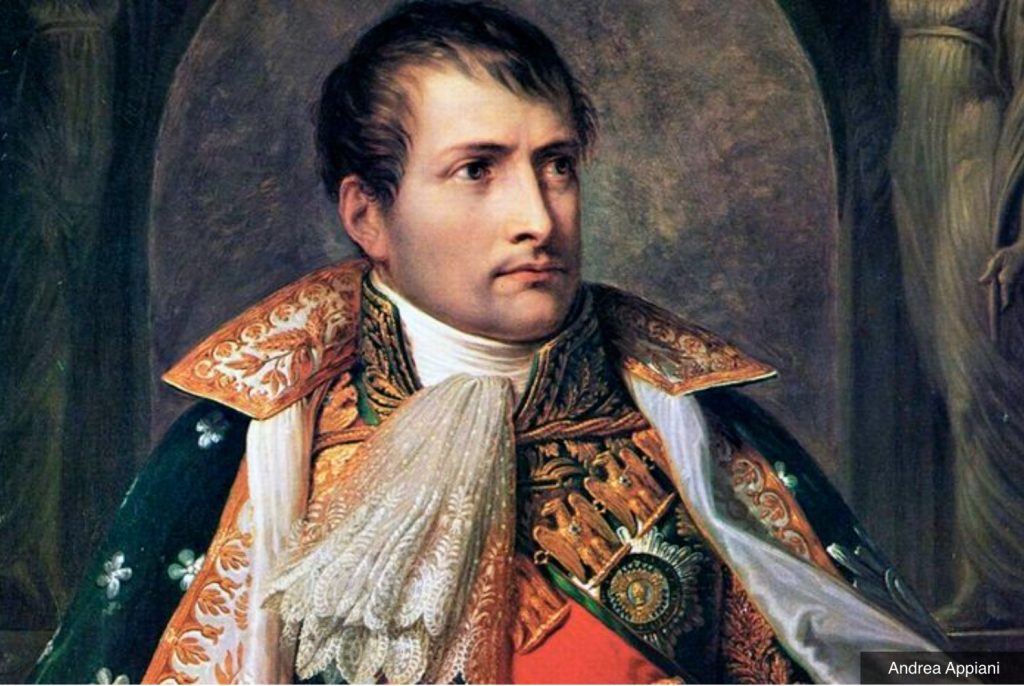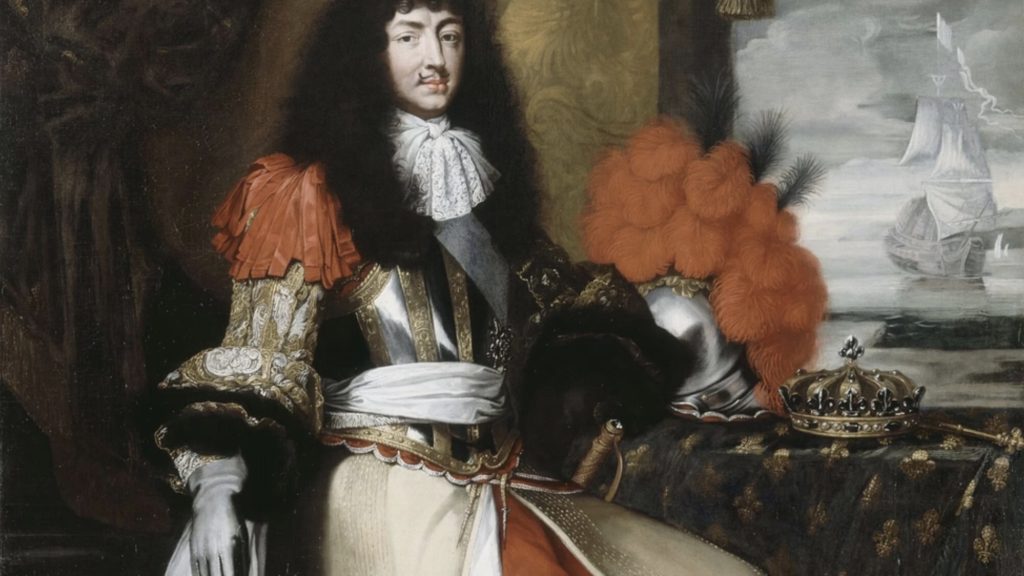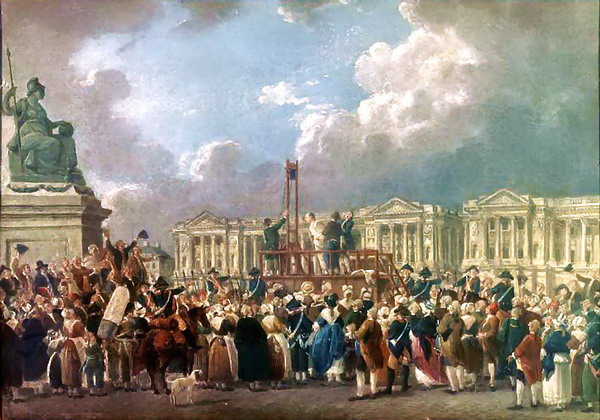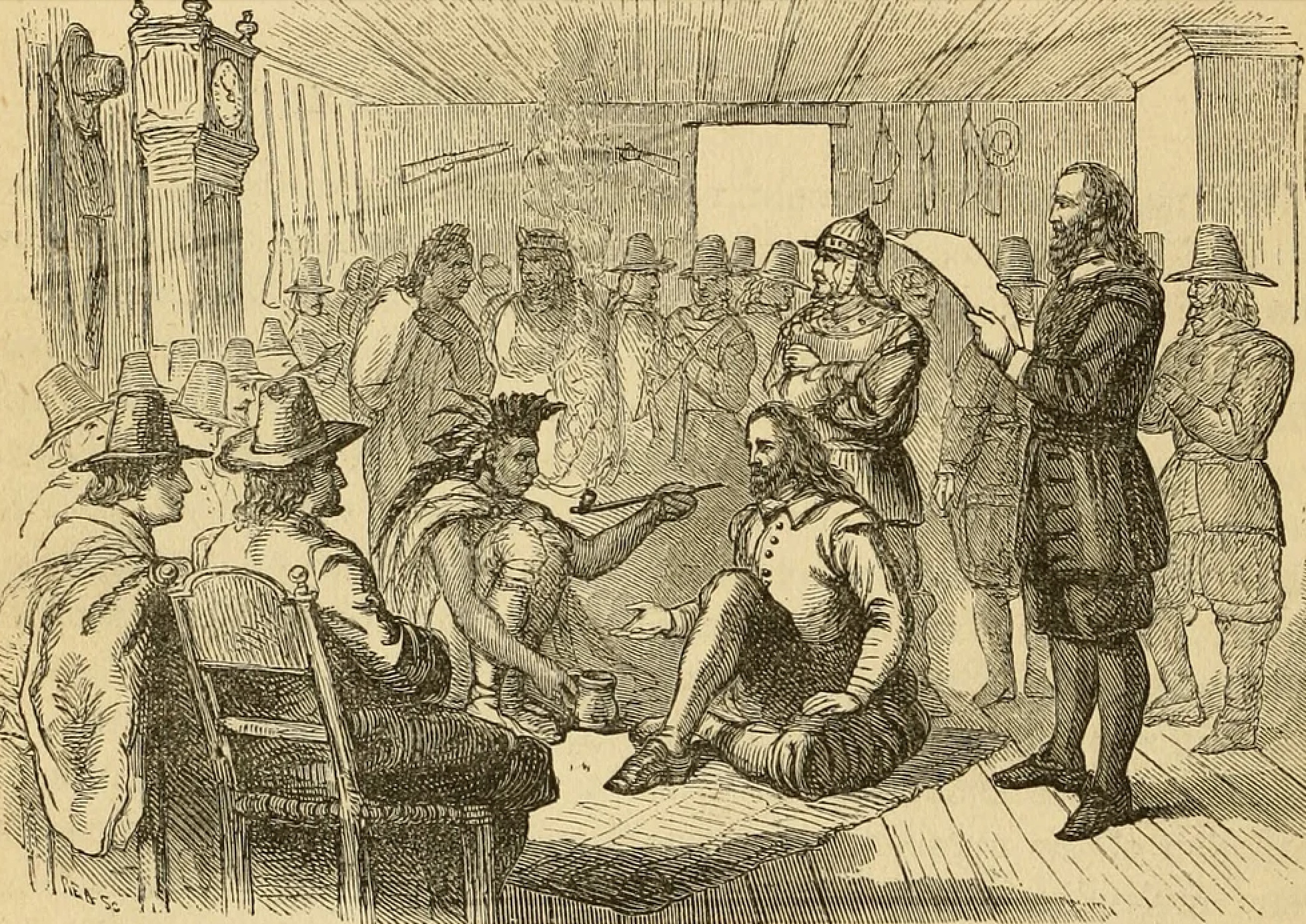
From its grandiose zenith to its eventual decline, the story of the French Empire is marked by significant historical events and influential figures.
We will explore the complex and multifaceted history of the French Empire, examine the rise and fall of this once-powerful empire, highlighting key events and figures that played a role in its trajectory.
By uncovering these historical details, this article aims to provide a comprehensive understanding of the French Empire’s legacy and its impact on the world stage.
French Empire’s Foundations and Early Beginnings
The foundations of the French Empire were laid in the early medieval period, with the consolidation of power by the Capetian dynasty.
The Capetian dynasty, which began with Hugh Capet’s coronation in 987 AD, marked a turning point in French history.
The dynasty’s early rulers focused on consolidating power within the Ile-de-France region, gradually extending their influence through a series of strategic alliances and conquests.
This period was characterized by the establishment of a centralized administration, which laid the groundwork for future expansion and consolidation. The significance of these early foundations cannot be overstated.
By establishing a centralized administration and securing strategic territories, the Capetian kings created a stable base from which future rulers could launch further expansions.
Early Expansion
The initial phase of French expansion was characterized by the annexation of neighboring territories.
The Hundred Years’ War, despite its mixed outcomes, highlighted France’s military capabilities and ambitions. This conflict, which pitted the French monarchy against the English crown, was marked by a series of territorial disputes and battles that would shape the future of the French Empire.
The Hundred Years’ War, which lasted from 1337 to 1453, was a period of intense conflict and transformation for France.
Despite the devastation and losses suffered during the war, France emerged as a stronger and more unified nation.
Following the end of the Hundred Years’ War, France entered a period of consolidation and recovery.
The monarchy focused on rebuilding the nation and strengthening its military capabilities. This period of recovery and consolidation set the stage for future expansions and conquests, as France sought to assert its dominance in Europe and beyond.
France’s foray into the New World began in the 16th century, with explorers like Jacques Cartier claiming parts of North America. The establishment of colonies in Canada, the Caribbean, and later in Africa and Asia, marked the beginning of France’s global empire. These early colonization efforts were driven by a combination of economic interests, religious motivations, and a desire for territorial expansion.
These colonies played important roles in the global trade networks of the French Empire, contributing to its economic strength and global influence.
Key Figures
Monarchs such as Louis XIII and Louis XIV were instrumental in expanding French territory and influence. Louis XIV, in particular, transformed France into a dominant European power through his ambitious military campaigns and the establishment of a centralized state. His reign, often referred to as the “Age of Absolutism” was marked by a series of wars and territorial expansions that significantly increased the size and influence of the French Empire.
Louis XIII, although less well-known than his successor, also played a crucial role in the expansion of the French Empire. His reign saw the consolidation of royal power and the establishment of key alliances that would later facilitate French expansion. Louis XIII’s chief minister, Cardinal Richelieu, was instrumental in implementing policies that strengthened the monarchy and expanded French influence.
Figures like Napoleon Bonaparte and Admiral Jean-Baptiste Colbert were crucial in shaping the military and economic strategies of the empire. Their leadership and innovations left a lasting impact on French and global history. Napoleon, in particular, is remembered as one of history’s greatest military strategists, whose campaigns transformed the political landscape of Europe.
The contributions of these key figures, along with many others, played a crucial role in shaping the history and legacy of the French Empire.
When Did the French Empire Reach Its Zenith?
The French Empire reached its zenith during the late 18th and early 19th centuries under the leadership of Napoleon Bonaparte.
At its height, the empire spanned large parts of Europe, the Americas, Africa, and Asia, making it one of the largest empires in history.
Napoleon’s military campaigns and strategic alliances significantly expanded the empire’s territories, bringing vast regions under French control.
Napoleon’s conquests extended French influence across Europe, with territories such as Italy, the Netherlands, and parts of Germany and Spain falling under French control.
At its peak, the French Empire encompassed over 70 million people and stretched from the Atlantic Ocean to the Russian border.
The Napoleonic Wars, which were a series of conflicts between France and various European coalitions, played a crucial role in the expansion of the empire.
Despite facing numerous adversaries, Napoleon’s military genius and the effectiveness of the French Army enabled him to secure a series of significant victories. These victories not only expanded French territories but also solidified Napoleon’s position as one of history’s greatest military leaders.
During this period, France’s political influence was unparalleled.
Strategic Military Successes
The Battle of Austerlitz in 1805, often regarded as Napoleon’s greatest victory, showcased the strategic brilliance of the French military.
Other significant battles, such as the Battle of Jena-Auerstedt and the Battle of Friedland, further cemented France’s military prowess.
These battles demonstrated the effectiveness of Napoleon’s tactics and the discipline and skill of the French Army.
The introduction of the levée en masse, or mass conscription, allowed France to field large armies and sustain prolonged military campaigns.
Napoleon’s emphasis on speed, mobility, and flexibility in military operations also contributed to his successes.
The use of corps d’armée, self-sufficient units capable of operating independently, allowed for greater strategic and tactical flexibility.
The development of the Grande Armée, a highly disciplined and well-trained force, further enhanced France’s military capabilities.
Cultural Flourish
The French Empire was a period of immense cultural growth.
The construction of iconic structures like the Palace of Versailles and the Louvre, along with the patronage of artists like Jacques-Louis David, exemplified the era’s artistic achievements. The Palace of Versailles, with its opulent design and grandeur, became a symbol of French power and cultural sophistication.
French architecture also flourished during this period, with the construction of iconic structures such as the Arc de Triomphe and the Panthéon. The neoclassical style, characterized by its emphasis on symmetry and grandeur, became a hallmark of French architecture.
The Enlightenment, a significant intellectual movement, thrived in France during this time. Philosophers like Voltaire, Rousseau, and Montesquieu challenged traditional ideas and promoted new ways of thinking that influenced the entire world.
The French Empire also saw the promotion of education and intellectual pursuits, with the establishment of institutions such as the French Academy of Sciences. These institutions fostered scientific and intellectual advancements, contributing to the cultural and intellectual flourishing of the empire.
Economic Strengths
France’s strategic location and extensive colonial network facilitated robust trade and commerce.
The development of ports and the expansion of the mercantile fleet ensured a steady flow of goods and wealth into the empire.
The French colonies, with their rich resources and strategic locations, played a crucial role in the empire’s economic prosperity.
The establishment of trade routes and commercial networks allowed France to engage in profitable trade with its colonies and other nations.
The importation of goods such as sugar, coffee, and spices from the Caribbean and Indian Ocean colonies contributed to the economic strength of the French Empire.
The development of the French East India Company and the expansion of trade with Asia further enhanced France’s commercial interests.
France’s domestic economy also benefited from the development of infrastructure, such as roads, canals, and ports.
The construction of the Canal du Midi, for example, facilitated trade between the Atlantic and Mediterranean coasts, boosting economic activity.
The growth of cities such as Paris, Marseille, and Bordeaux, which became important commercial centers, further contributed to the empire’s economic prosperity.
The early stages of the Industrial Revolution brought technological advancements and economic growth to France.
Innovations in textile manufacturing and metallurgy contributed to the empire’s economic strength.
The development of mechanized production processes and the establishment of factories transformed the French economy, leading to increased productivity and economic growth.
The French Revolution: Beginning of the End
The French Revolution of 1789 was fueled by widespread social and economic discontent. The extravagant spending of the monarchy, coupled with severe economic hardship and rising inequality, ignited a revolution that would reshape France. The financial crisis, exacerbated by the costs of wars and lavish court expenditures, left the state bankrupt and unable to address the needs of its people.
The commoners, who formed the Third Estate, demanded greater representation and reforms to address their grievances. The subsequent formation of the National Assembly and the storming of the Bastille marked the beginning of the revolution.
The revolution led to the fall of the monarchy and the rise of the French Republic.
It also marked the beginning of significant political and social changes that would eventually contribute to the decline of the French Empire.
The revolution abolished the feudal system, established new political institutions, and introduced radical social and economic reforms.
The execution of King Louis XVI in 1793 and the rise of radical factions such as the Jacobins led to a period of political instability and violence known as the Reign of Terror.

The revolutionary government, led by figures such as Maximilien Robespierre, implemented policies aimed at consolidating power and eliminating perceived enemies of the revolution.
The widespread use of the guillotine and the persecution of political opponents created a climate of fear and repression.

Napoleonic Era
Napoleon Bonaparte emerged as a key figure during the French Revolution.
His military genius and political acumen allowed him to rise quickly through the ranks, ultimately crowning himself Emperor of the French in 1804.
Napoleon’s rise to power was marked by a series of military successes and political maneuvers that solidified his position as the leader of France.
Napoleon’s early military campaigns in Italy and Egypt showcased his strategic brilliance and earned him widespread acclaim. His victories against the Austrian and Ottoman forces demonstrated his ability to lead and inspire his troops.
Napoleon’s popularity and influence grew, leading to his involvement in the coup of 18 Brumaire in 1799, which overthrew the Directory and established the Consulate, with Napoleon as the First Consul.
As First Consul, Napoleon implemented a series of reforms aimed at stabilizing the country and consolidating his power.
He introduced the Napoleonic Code, which standardized legal systems across France and promoted principles of equality and justice.
In 1804, Napoleon declared himself Emperor, marking the beginning of the First French Empire.
The Napoleonic Wars were a series of conflicts that saw France pitted against various European coalitions.
The wars began with the War of the Third Coalition, which saw France facing a coalition of Britain, Austria, and Russia. Napoleon’s victories at battles such as Austerlitz and Jena-Auerstedt solidified his dominance in Europe and led to the establishment of several satellite states.
However, the wars also saw significant challenges and setbacks, including the failed invasion of Russia in 1812 and the defeat at the Battle of Leipzig in 1813.
The final defeat of Napoleon came at the Battle of Waterloo in 1815, where a coalition of British, Prussian, and other European forces defeated the French Army.
Following his defeat, Napoleon was exiled to the island of Saint Helena, where he spent the remainder of his life.
The end of the Napoleonic Wars marked the decline of the French Empire and the restoration of the Bourbon monarchy.
The Bourbon Restoration
The fall of Napoleon in 1815 paved the way for the Bourbon Restoration, with Louis XVIII ascending the throne.
This period was marked by efforts to stabilize the country and restore the monarchy’s traditional authority. The Bourbon Restoration sought to reconcile the legacy of the revolution with the restoration of monarchical rule.
Louis XVIII, who had spent years in exile during the revolution and Napoleonic era, faced significant challenges in his efforts to restore the monarchy.
He sought to implement a policy of moderation and reconciliation, balancing the demands of royalists and former revolutionaries.
The Charter of 1814, which established a constitutional monarchy, aimed to preserve some of the revolutionary reforms while reasserting royal authority.
The Bourbon Restoration also faced challenges from political factions such as the ultraroyalists, who sought to restore the pre-revolutionary social and political order.
The assassination of Louis XVIII’s nephew, the Duke of Berry, in 1820 highlighted the tensions and divisions within French society.
The reign of Louis XVIII was followed by that of his brother, Charles X, whose attempts to restore absolute monarchy led to further political unrest.
The Bourbon Restoration ultimately ended with the July Revolution of 1830, which saw the abdication of Charles X and the ascension of Louis-Philippe, the “Citizen King,” marking the beginning of the July Monarchy.
The political instability and divisions within French society continued to pose challenges for subsequent governments and contributed to the eventual decline of the French Empire.
The Final Decline of the French Empire
The 19th and early 20th centuries saw the gradual loss of French colonies, driven by nationalist movements and wars of independence.
The decolonization of Africa and Asia in the mid-20th century saw the independence of colonies such as Algeria, Vietnam, and Cambodia.
The Algerian War of Independence, which lasted from 1954 to 1962, was particularly significant, as it highlighted the challenges faced by colonial powers in maintaining control over their territories.
The decline of the French Empire was also influenced by global political changes, including the rise of nationalist movements and the shift towards self-determination.
The end of World War II and the emergence of the Cold War further accelerated the process of decolonization, as former colonies sought independence and self-governance.
Political instability, marked by frequent changes in government and internal strife, further weakened the French Empire.
The fall of the Second French Empire in 1870, following the Franco-Prussian War, marked the definitive end of France’s imperial ambitions.
The Franco-Prussian War, which saw the defeat of French forces and the capture of Emperor Napoleon III, led to the establishment of the Third Republic.
The Third Republic faced significant challenges, including political scandals, economic difficulties, and social unrest.
The instability and divisions within French society contributed to the decline of the French Empire and its influence on the global stage.
The Legacy of the French Empire
The French Empire left a lasting cultural legacy.
The spread of the French language, cuisine, and fashion, along with France’s contributions to art, literature, and philosophy, continue to influence global culture.
The cultural achievements of the French Empire, including its artistic and intellectual movements, have left an indelible mark on history.
The rise and fall of the French Empire offer valuable lessons in the complexities of power, governance, and societal change.
The legacy of the French Empire serves as a reminder of the challenges and opportunities that come with the pursuit of power and influence.
The history of the French Empire also highlights the importance of leadership and vision in shaping the destiny of a nation.
The contributions of key figures, such as Napoleon Bonaparte and Louis XIV, demonstrate the impact of individual leadership on the course of history.
The lessons learned from their successes and failures continue to resonate in the study of history and governance.
Closing Section
The story of the French Empire is a testament to the dynamic nature of history.
From its rise to its zenith and eventual decline, the empire’s journey is filled with lessons in ambition, resilience, and transformation.
Understanding this history not only enriches our knowledge of the past but also provides insights into the challenges and opportunities that shape the present and future.









